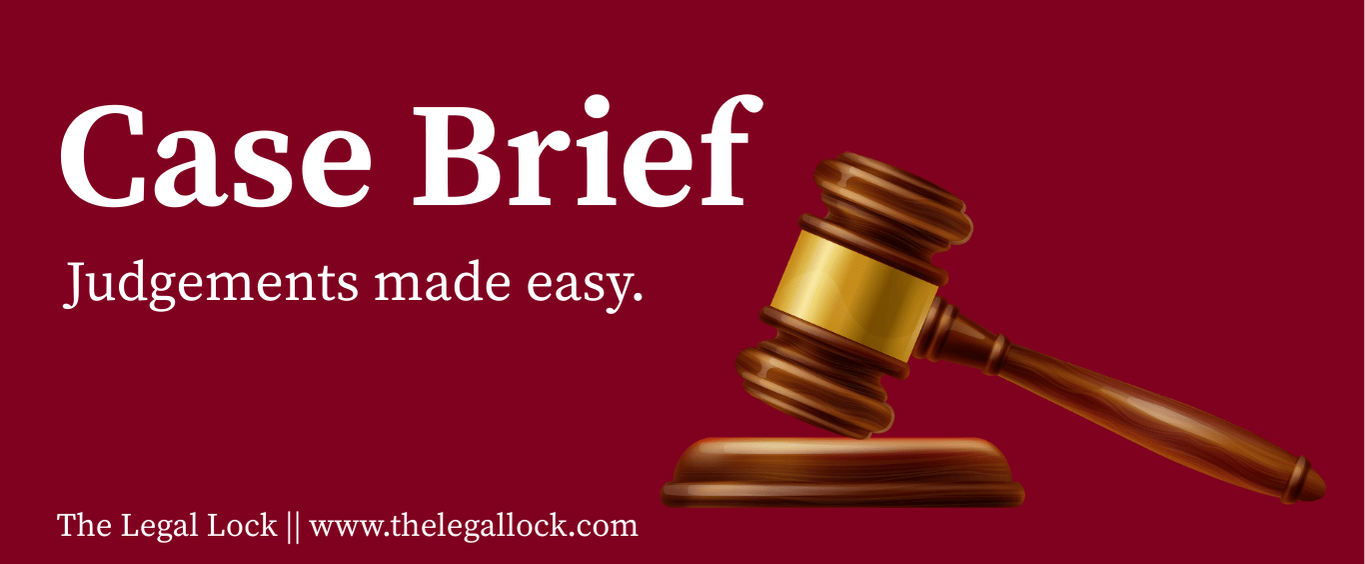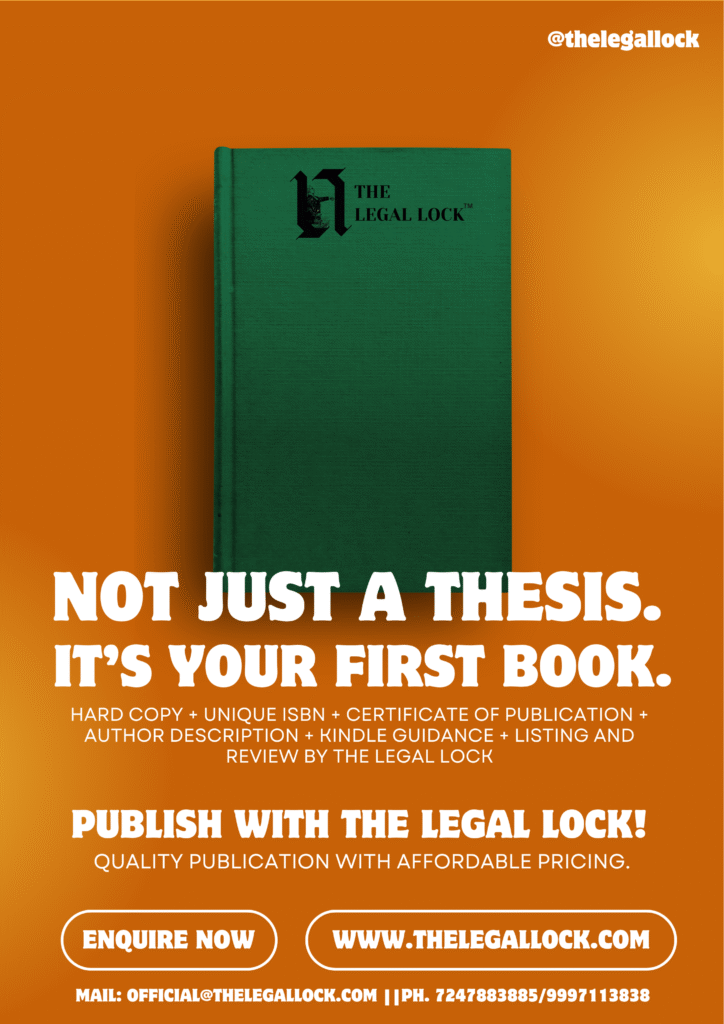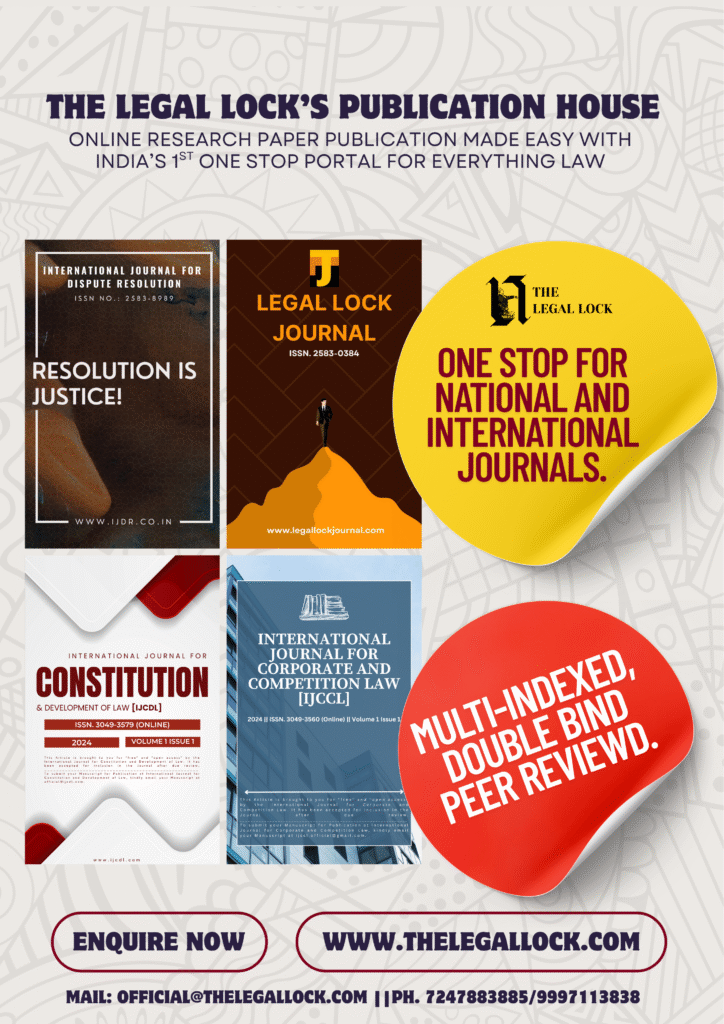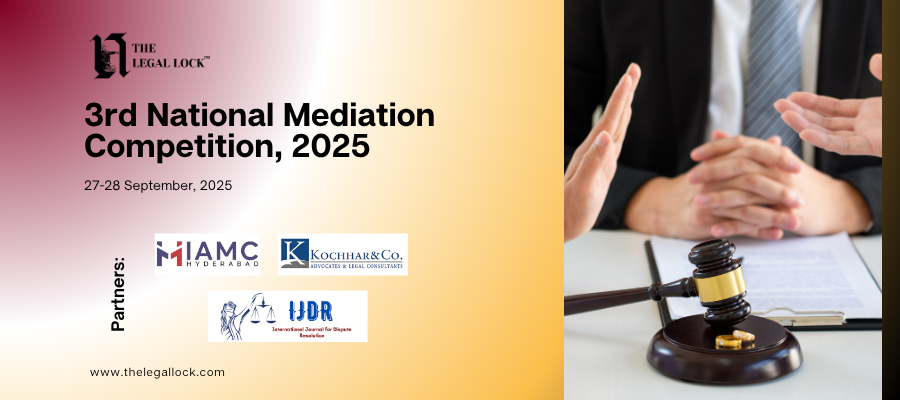Case brief: Marc Enterprises Pvt Ltd v Five Star Electricals

| Court | Delhi High court |
| Date of judgment | March 4, 2008 |
| Judge | Justice Shiv Narayan Dhingra |
| Appellant | Marc Enterprises Pvt. Ltd. |
| Respondent | Five Star Electricals (India) And Anr |
Introduction
The usage of the term “Marc” in the market for electrical goods is at the centre of the Marc Enterprises Pvt. Ltd. vs. Five Star Electricals (India) And Anr. case, which concerns trademark rights. The disagreement demonstrates the intricacies of trademark law, especially when it comes to the registration and application of comparable trademarks by various organisations within the same sector.
Fact of the case
I). Registration and Use of Trademarks:
The plaintiff, Marc Enterprises Pvt. Ltd., asserted that since 1984, it has registered the trademark “Marc” in a number of classes under the Trademark Act. According to the complainant, it has been using the name since 1981, mostly for electrical equipment like water heaters and ceiling fans, among other similar goods. The plaintiff presented proof of notable sales growth, demonstrating the trademark’s substantial market presence and goodwill. In 1981–1982, sales were Rs. 9,75,822; in 2003–2004, they were Rs. 14,65,02,583.
II). The stance of the defendant:
Five Star Electricals (India), the defendant, retorted that it had been a registered owner of the trademark “Marc” under Class “9” since April 2001 as well. The defendant argued that it did not violate the plaintiff’s rights because its use of the trademark was unique in presentation and style. The defendant contended that the plaintiff’s claim to exclusivity was refuted by the fact that the term “Marc” was widely used in the industry and by several producers.
III). Claims for Infringement:
According to the plaintiff, the defendant’s use of the trademark “Marc” for electrical switches and accessories was likely to confound customers and result in a passing-off of goods. An injunction was requested by the plaintiff to stop the defendant from utilising the trademark.
Legal issues of the case
I). Trademark Infringement: Whether the defendant’s use of the trademark “Marc” violated the plaintiff’s registered trademark was the main legal question.
II). The court had to decide if the defendant’s acts qualified as passing off, which would have misled customers about the goods’ origin.
III). Common Use of Trademark: Another important aspect of the case was the ramifications of the term “Marc” being a word that is often used in the electrical goods industry.
Arguments of the cases
Presented by Plaintiff-
The plaintiff contended that over the years, it had built a sizable reputation and goodwill around the trademark “Marc.” It asserted that consumers would be misled and confused by the defendant’s use of the identical trademark. The plaintiff highlighted how its advertising and promotion expenditures helped the trademark become well-known in the marketplace. The plaintiff argued that there was a greater chance of customer confusion because the defendant was offering comparable products.
Presented by respondent-
The defendant argued that the plaintiff’s rights were not violated because its brand was registered and utilised in a distinct artistic style, layout, and presentation. The defendant contended that the plaintiff’s claim to exclusivity was undermined because the word “Marc” was extensively used by other producers in the electrical goods industry and was not exclusive to the plaintiff. The defence additionally claimed that there was no possibility of confusion by presenting proof of its own trade material and product offerings, which were different from the plaintiff’s.
The analysis of the court
I). Trademark Distinctiveness: The court observed that both parties’ trademarks differed in appearance and style. In terms of appearance, colour scheme, and layout, the defendant’s trademark was not similar to the plaintiff’s. Determining the possibility of consumer confusion required careful consideration of this distinction.
II). ‘Marc’ is a term that is frequently used: The court recognised that the term “Marc” was widely used by a number of producers in the electrical products industry and was neither original nor invented. Over the term, the plaintiff’s claim to exclusive rights was severely undermined by this commonality.
III). Rights of Registration: The court emphasised that the trademark “Marc” was registered to both parties. The Trademark Act’s Section 28(3) states that as both parties had the identical rights against third parties, neither may assert exclusive rights against the other. In trademark disputes, especially when both parties hold legitimate registrations, this legal premise is crucial.
IV). Consumer Perplexity: The court determined that because of the defendant’s unique brand and the several market sectors they served, the plaintiff was unable to establish a prima facie case of consumer misunderstanding or deception. The plaintiff’s evidence was insufficient to demonstrate that the defendant’s use of the trademark would deceive customers.
Judgement of the case:
Five Star Electricals, the defendant, won the case at the Delhi High Court, which declared:
- Since the trademarks were visually and stylistically distinct, the plaintiff’s trademark “Marc” was not violated.
- Because the word “Marc” was widely used in the industry, the plaintiff was unable to assert exclusive rights to it.
- Since there was little chance of consumer confusion, the plaintiff was unable to prove passing off. To prevent any possible confusion among customers, the court ordered both parties to prominently display their respective firm names on their goods.
Implications of the rulings
I). Principles of Trademark Law: This decision reaffirms the idea that ordinary usage of terminology within an industry can affect trademark rights, which are not absolute. It emphasises how crucial distinctiveness is when registering a trademark and how important it is for companies to stand out in the marketplace.
II). Awareness of Consumers: The decision highlights the necessity of unambiguous branding and labelling in order to avoid customer confusion. In order to prevent consumers from being mislead, both parties were instructed to prominently display their separate identities on their products.
III). Upcoming disputes over trademarks: The case establishes a standard for similar words in future trademark disputes. It demonstrates how difficult it is for businesses to claim exclusive rights to widely used terminology and how crucial it is to exhibit originality in branding.
Conclusion
A critical analysis of trademark rights is provided by the Marc Enterprises Pvt. Ltd. vs. Five Star Electricals (India) And Anr. case, especially when considering phrases that are frequently used in the market for electrical goods. The decision highlights the intricacies of trademark law, stressing the necessity of uniqueness and the difficulties companies encounter when attempting to claim exclusive rights over names that are often used in the sector. The ruling establishes a precedent for similar instances in the future in addition to elucidating the parties’ respective legal positions with regard to their trademarks. In order to avoid confusion in the marketplace, it emphasises the significance of consumer awareness and the need for unambiguous branding.Learning from this case will help businesses better grasp their rights in the competitive marketplace and shape their branding strategy as they continue to navigate the complexities of trademark law.








